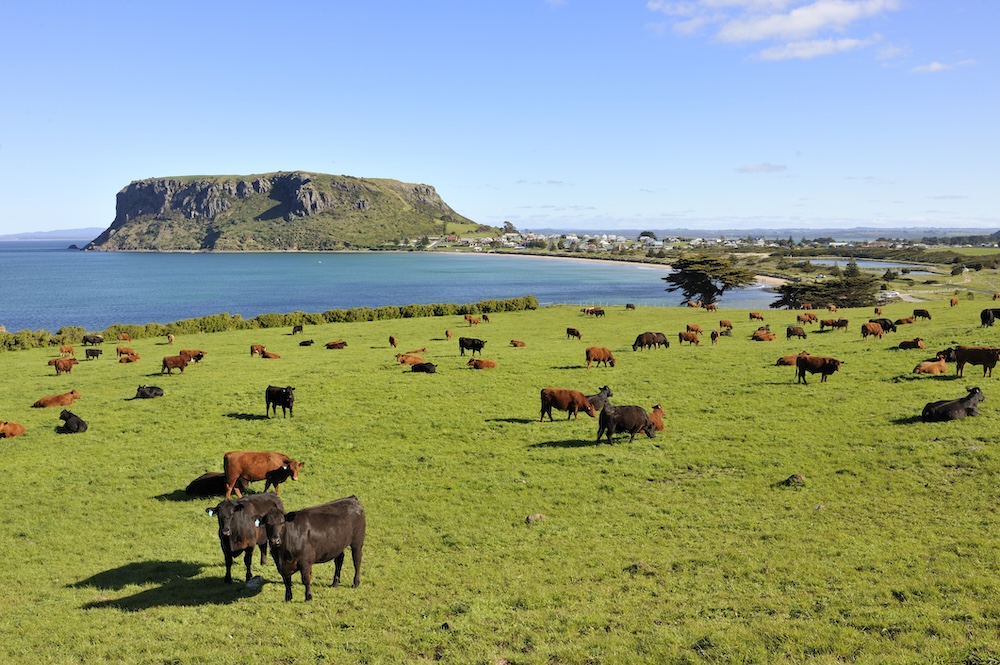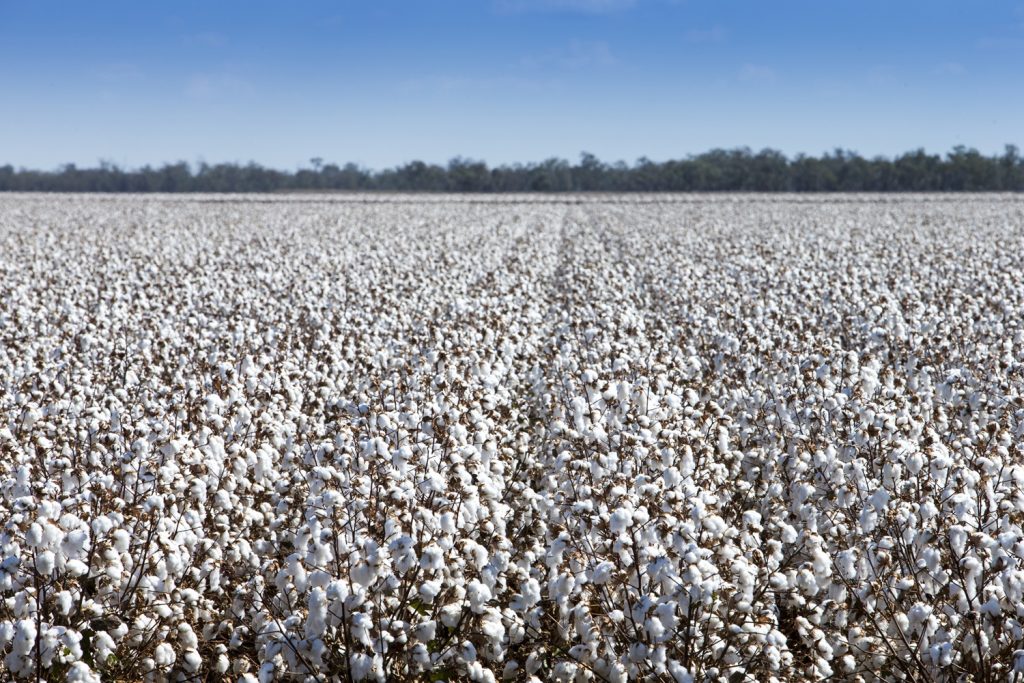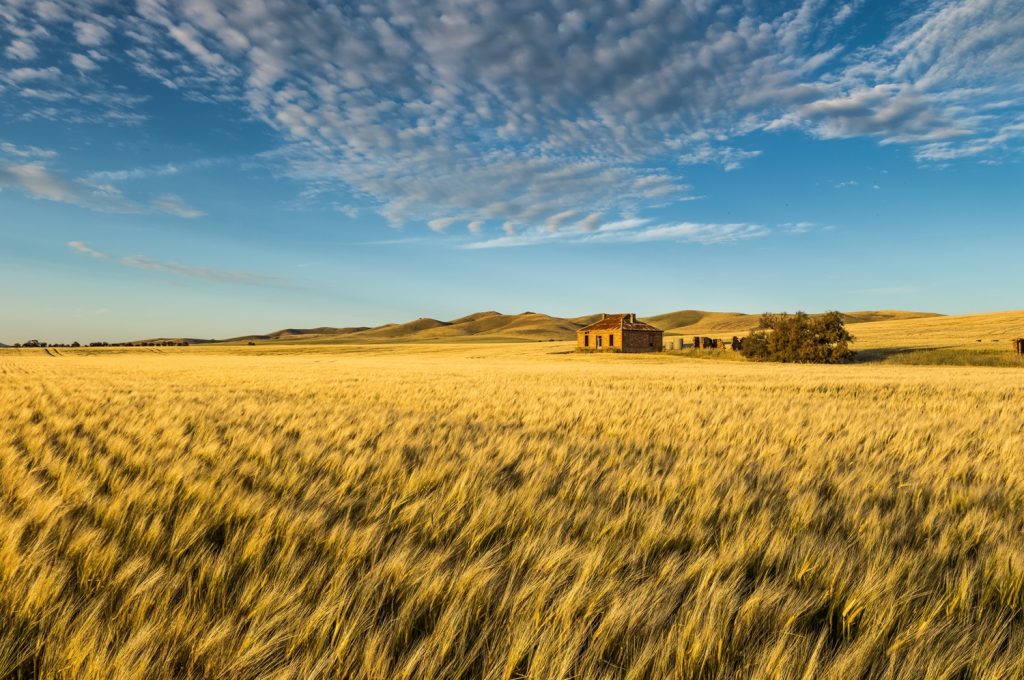As investors eye Aussie farmland, buyers struggle to see the full picture

Australian farmland has gained in popularity over the years, fuelled by rising interest from property investors looking to diversify their portfolios.
While the buzz around rural land has grown, investors have faced headaches trying to value rural property, which is much more difficult to value than a typical house or apartment.
“Most farms have a house or homestead that’s valued like regular residential property, but the real complexity is in valuing the land itself,” Agtuary chief executive Angus Muffatti said.
“It’s an order of magnitude more complex than residential real estate, with up to 200 data points needed to truly assess a rural asset.”
Proptech startup Agtuary is helping to bridge that gap, providing data on rural property ranging from sales figures to satellite imagery to soil characteristics.

Australia’s farmland values have surged more than 200% over the past decade. Picture: Getty
Mr Muffatti said it’s a tool that’s helping buyers understand not just what the land is now, but what it could become.
The other big change has been that buyers can complete research in minutes which previously took months.
“We’ve had clients tell us what used to take three months and cost thousands now takes a few clicks and a few hundred dollars,” he said.
Speed and accuracy will become increasingly important in the future, as the farmland property gains in popularity.
Australia’s farmland values have surged by more than 200% over the past decade, according to the recent Bendigo Bank Agribusiness Australian Farmland Values report.

Farmland price growth slowed in 2024 due to tighter credit conditions and mixed seasonal conditions across the country. Picture: Getty
Despite the gains, a high-interest rate environment and complex land assessment requirements can weigh on investors.
To help buyers, the platform aggregates geospatial, environmental and property data into simplified snapshots to streamline the due diligence process.
The need for data-driven insights has also been growing. For example, farmland price growth slowed in 2024 due to tighter credit conditions and mixed seasonal conditions across the country.
Despite this, Tasmania, Queensland and Western Australia posted strong annual growth rates, showing demand remained in pockets providing potential opportunities for savvy buyers.
Additionally, understanding whether a rural property was a good investment required more than knowing the last crop grown or most recent rainfall.

Experts say farm production is forecasted to rebound this financial year. Picture: Getty
Factors including soil quality, historical land use, crop yield potential and fire history all played into the valuation.
“You’re making a judgment on whether the land is being used at its highest and best use, and that decision involves understanding soil nutrients, crop options, climate risks – things regular real estate platforms don’t show,” Mr Muffatti said.
With farm production forecast to rebound this financial year, experts say investor interest was likely to remain steady, especially if borrowing costs eased.
So as the farmland market matures, buyers may need to turn to data players like Agtuary to make smarter and more strategic decisions sooner.







